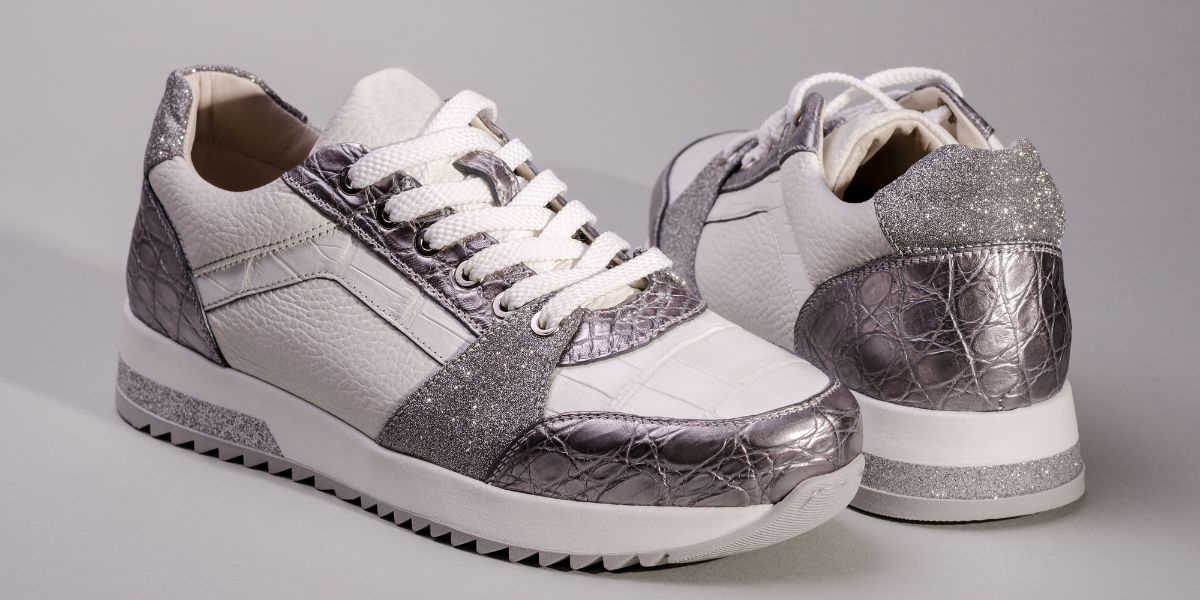
When purchasing quality footwear, you must carefully assess various aspects to ensure you get the best value for your money. From the materials used to the construction techniques employed, each detail plays a crucial role in determining the overall quality of the footwear. By focusing on these key factors, you can make a more informed decision that aligns with your needs and preferences. Remember, the right footwear can not only elevate your style but also provide comfort and support for your feet.
Material Quality
When choosing quality footwear, prioritize materials that are durable and breathable. Opt for shoes made from high-quality leather, as it's known for its durability and ability to mold to your feet over time, providing a comfortable fit. Breathable materials like mesh or canvas are ideal for keeping your feet cool and dry, especially in warmer weather or during physical activities.
Leather is a versatile material that not only lasts a long time but also looks stylish. It's a great choice for both casual and formal footwear. Additionally, shoes made from suede offer a softer texture while still maintaining durability. Suede is a popular option for more fashionable or dressier shoe styles.
Synthetic materials like nylon or polyester can also be durable and lightweight, making them suitable for athletic shoes or outdoor activities. These materials often offer water-resistance properties, which can be beneficial in wet conditions. Prioritizing quality materials will ensure that your footwear lasts longer and provides the comfort and support your feet need.
Construction Techniques
To ensure the durability and structural integrity of your footwear, pay attention to the construction techniques used in their making. Look for shoes that feature techniques such as Goodyear welting, where the upper part of the shoe is stitched to the sole for added strength and water resistance. This method allows for resoling, extending the lifespan of your footwear.
For sneakers or athletic shoes, consider options with vulcanized construction, which bonds the sole to the upper for increased flexibility and durability. Blake stitching is another construction technique to look out for, commonly found in dress shoes, providing a sleek look and allowing for easy sole replacement.
Additionally, shoes made using cement construction offer lightweight comfort but may not be as easily repairable. By understanding these construction methods and their benefits, you can make an informed decision when selecting quality footwear that suits your needs and preferences.
Comfort and Support Features
Pay attention to the comfort and support features of your footwear to ensure a pleasant and supportive wearing experience. Look for shoes with cushioned insoles to provide comfort when walking or standing for extended periods. Arch support is crucial for maintaining proper foot alignment and reducing strain on your feet, especially if you have high arches or flat feet. Additionally, shoes with ample padding around the collar and tongue can prevent chafing and discomfort.
Consider the materials used in the shoe's construction. Breathable fabrics like mesh or leather allow for air circulation, keeping your feet cool and dry. A contoured footbed that molds to the shape of your foot provides personalized support and helps distribute weight evenly.
Furthermore, pay attention to features like shock absorption in the midsole, which can reduce impact on your joints and lower back. A sturdy heel counter and ample ankle support are essential for stability and preventing injuries. Prioritize comfort and support when selecting footwear to ensure your feet feel good throughout the day.
Fit and Sizing Considerations
Considering the proper fit and sizing of your footwear is essential for ensuring comfort and support for your feet. When purchasing shoes, make sure to measure both of your feet, as they may differ in size. It's recommended to try on shoes at the end of the day when your feet are at their largest due to daily activities.
When fitting, ensure there's about a thumbnail's length of space between your longest toe and the shoe's end. Walk around in the shoes to see if they rub or pinch anywhere, indicating they may not be the right size. Remember that sizes can vary between brands, so always check the sizing chart provided by the manufacturer.
Additionally, consider the width of the shoe, as some styles are available in different widths to accommodate various foot shapes. By prioritizing proper fit and sizing, you can prevent discomfort and potential foot problems down the road.
Style and Aesthetic Appeal
When selecting footwear, prioritize a style that not only appeals to your taste but also complements your overall look and outfit choices. The right pair of shoes can elevate your entire ensemble, adding a touch of sophistication or casual flair depending on the occasion. Consider the aesthetic elements that resonate with you – whether it's classic, trendy, sporty, or elegant. Look for details like color, material, and design that align with your personal style and can effortlessly blend with multiple outfits in your wardrobe.
Additionally, take into account the versatility of the footwear. Opt for shoes that can transition seamlessly from day to night, work to leisure, and casual to formal settings. Versatile styles like classic pumps, stylish sneakers, or timeless boots can be dressed up or down, offering you flexibility and practicality. Remember, investing in footwear that not only looks good but also resonates with your style can enhance your overall confidence and make a lasting impression.




